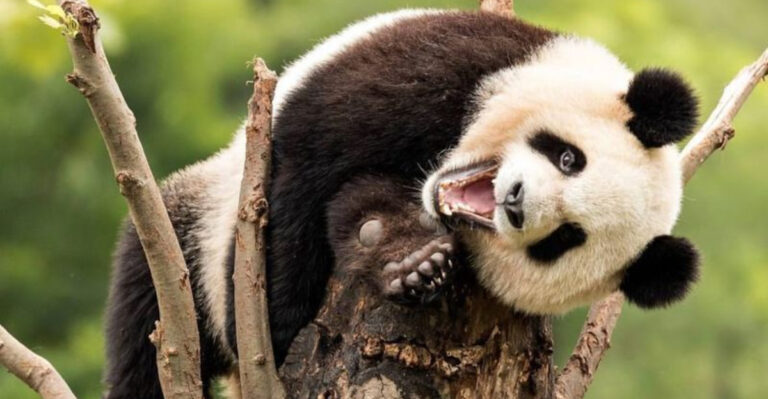15 Subtle Cat Behaviors That Could Mean Trouble
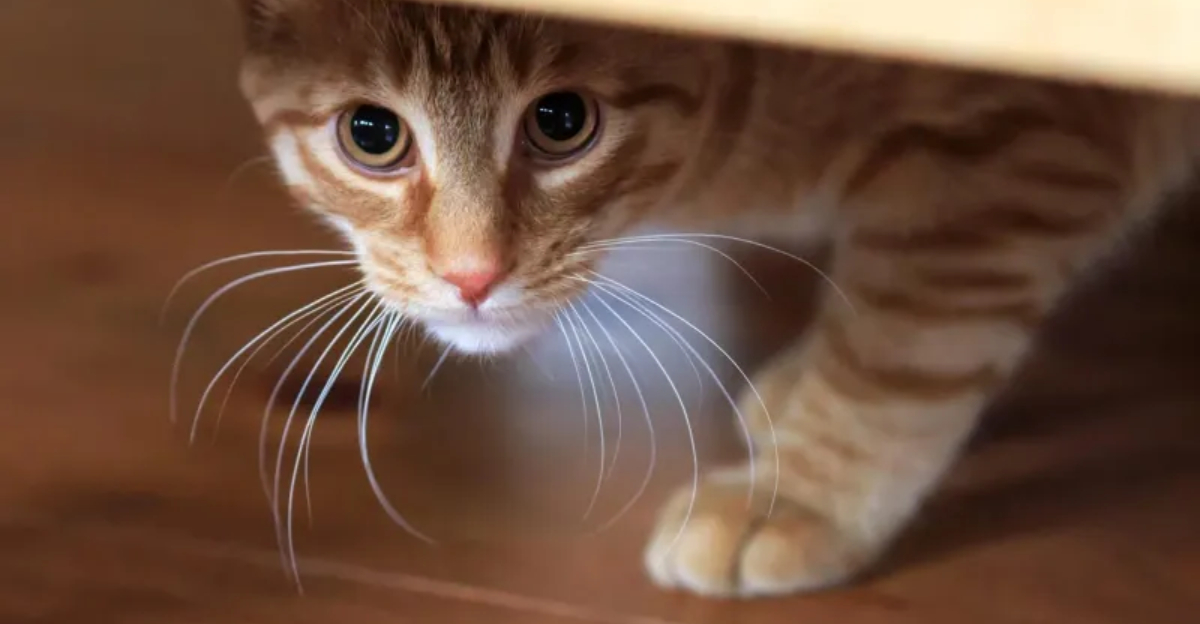
Cats are mysterious and independent, but even small behavior changes can be a big deal. As pet owners, it’s crucial to keep an eye on these shifts to ensure our cats are doing well.
Here are behavior changes to watch for, each one a sign that something might be shifting in your cat’s life.
1. Excessive Shedding Or Hair Loss
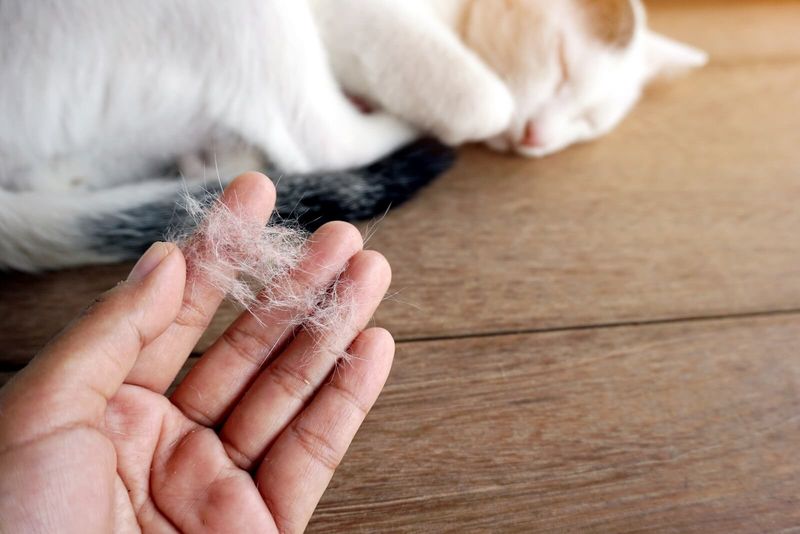
Shedding is normal for cats, but excessive shedding or hair loss can signal stress, allergies, or health issues. Pay attention if it’s accompanied by itching or skin irritation.
A vet visit is a must to check for conditions like skin infections or hormonal imbalances. Regular grooming helps manage shedding and catch problems early.
A stress-free environment and a healthy diet are key to maintaining your cat’s coat. Understanding your cat’s grooming needs and stressors will help keep them happy and healthy.
2. Excessive Chewing On Non-Food Items
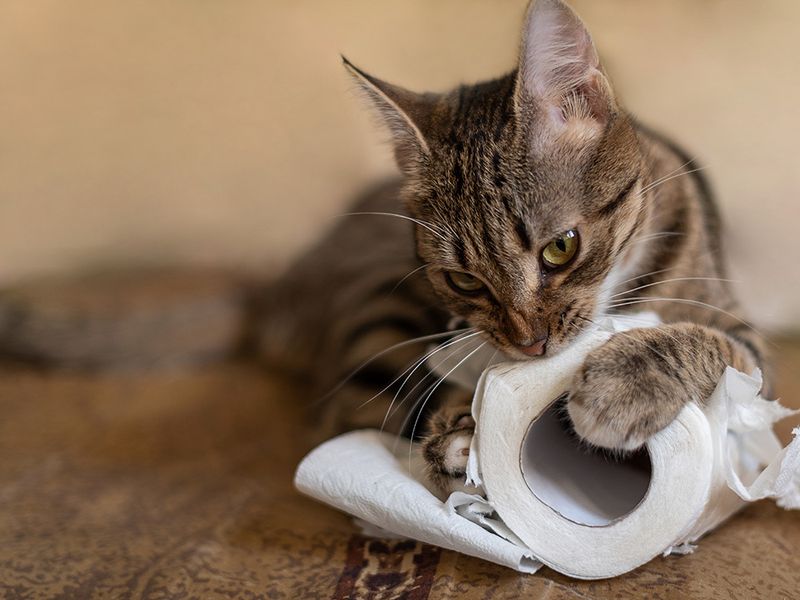
Cats are naturally inquisitive, but if your feline friend starts excessively chewing on non-food items, it could be a sign of pica.
This condition often stems from nutritional deficiencies or anxiety, leading cats to munch on fabrics, plastics, or other non-edible materials.
While it might seem like quirky behavior, excessive chewing can pose serious health risks, including digestive blockages or poisoning.
3. Increased Vocalization
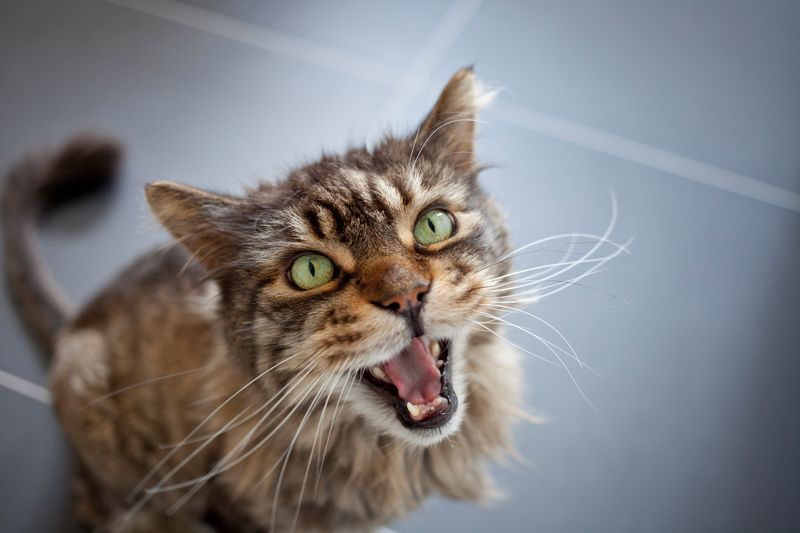
If your usually quiet cat starts meowing more, it’s trying to tell you something. It could be hunger, loneliness, or even pain – cats have a lot to say!
A loud meow might mean your cat is hungry or wants attention, while a sad cry could point to discomfort. Pay attention to when and how your cat is vocalizing.
If the meowing doesn’t stop, it might be time for a vet check-up. Look around – has anything in their environment changed recently?
Maybe there’s a new pet or family member causing some stress.
4. Changes In Sleep Patterns
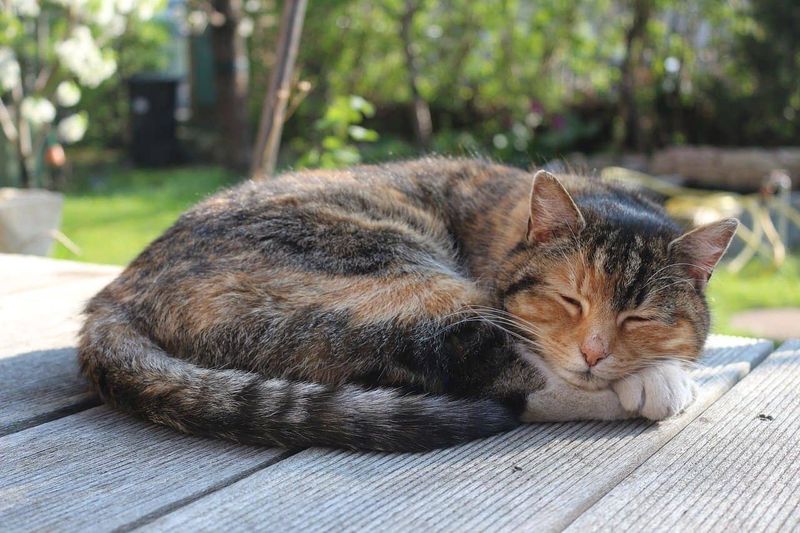
Cats are known for their lengthy naps, but significant changes in sleep patterns can be concerning. If your cat is sleeping more or less than usual, it might indicate a problem.
Increased sleep can be a sign of boredom or depression, while reduced sleep might suggest anxiety or hyperthyroidism.
Track your cat’s daily routine and look for any disruptive changes.
Consistent alterations in sleeping habits should prompt a consultation with a vet to rule out health issues.
5. Changes In Grooming Habits
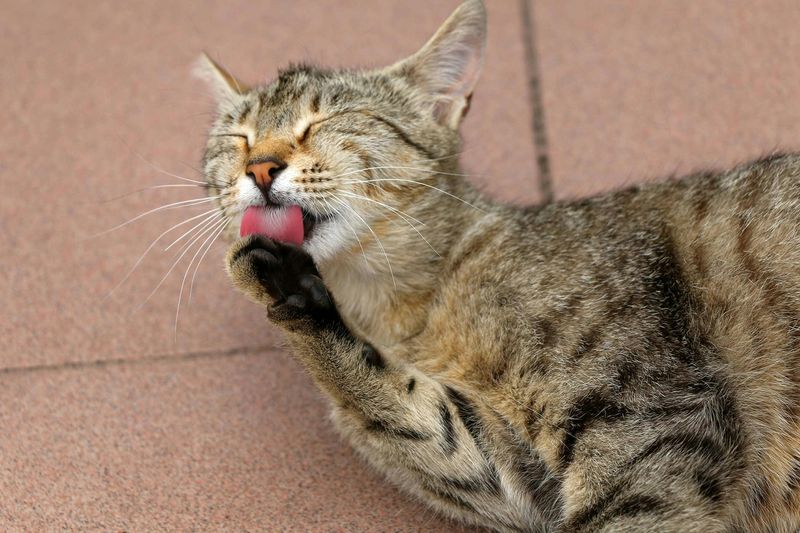
Cats are known for being picky groomers, so changes in this behavior can raise concerns.
If your cat starts grooming too much or not enough, it might be stressed or unwell.
Excessive grooming can lead to bald spots or irritated skin, often caused by anxiety or allergies. On the other hand, a lack of grooming might suggest pain or depression.
Arthritis or obesity could make it hard for your cat to reach certain areas, so keep an eye on their habits. A vet check-up can help identify the cause of these grooming changes.
6. Altered Eating Patterns
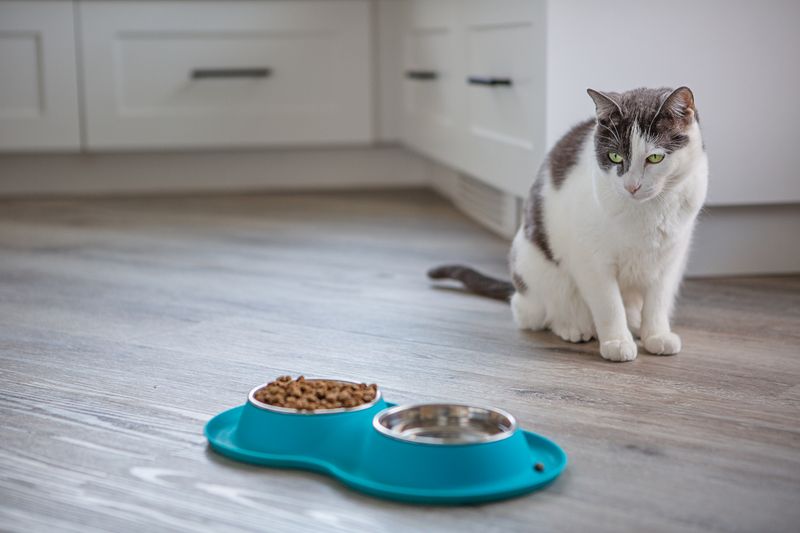
Cats can be finicky eaters, but sudden changes in eating habits shouldn’t be ignored. If your cat starts eating less, it might signify stress or an underlying health issue.
Conversely, an increase in appetite can indicate conditions like diabetes or hyperthyroidism. Always observe your cat’s eating habits closely.
If they consistently eat less or more than usual, a vet check-up is necessary to rule out medical causes.
Stressors in the home, such as new pets or changes in routine, can also affect appetite.
Ensure your cat is fed a balanced diet and offer consistency in meal times and location.
7. Hiding More Frequently
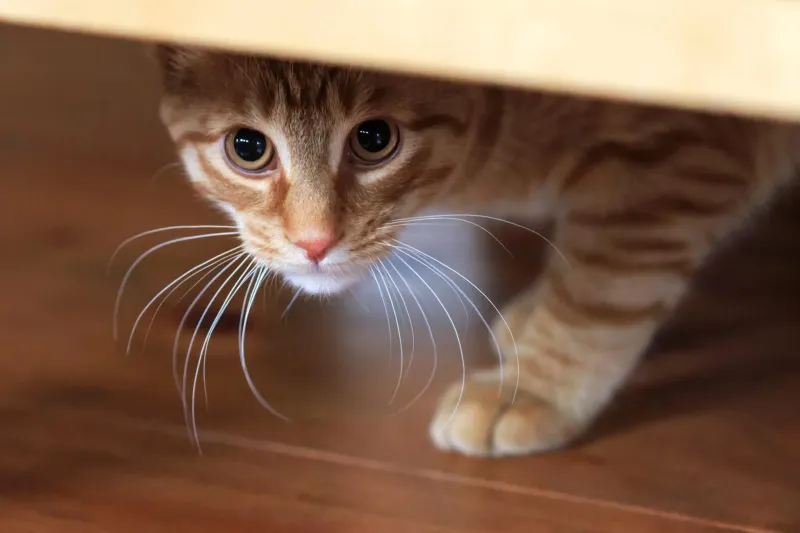
Cats often hide when they feel threatened or unwell. If your cat starts hiding more than usual, it might be experiencing anxiety or illness.
Common stressors include new animals, household changes, or loud noises. It’s important to provide your cat with safe hiding spaces.
However, excessive hiding should be investigated as it could be a sign of pain or fear. Consulting a vet to rule out health issues is essential.
Creating a calm environment and offering familiar comforts can encourage your cat to be more social.
8. Litter Box Issues
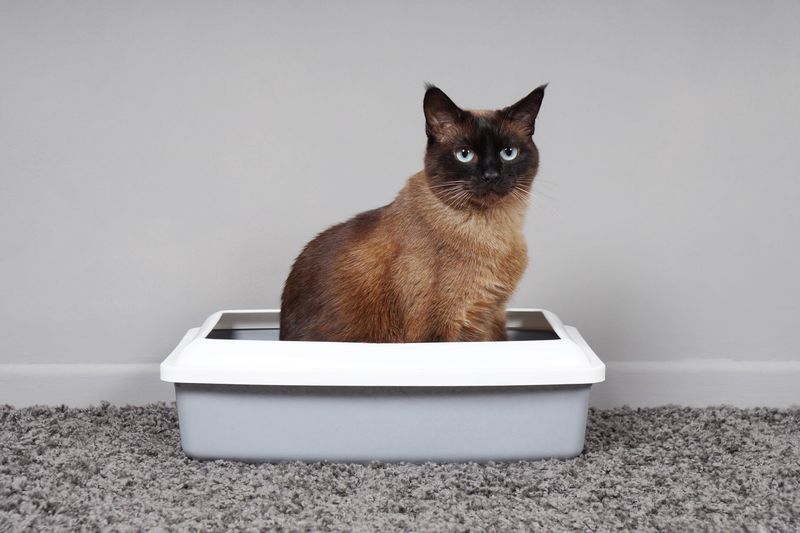
If your cat suddenly avoids the litter box, it could be a sign of health issues like urinary tract infections or kidney problems.
First, take your cat to the vet to rule out medical concerns.
If they’re healthy, consider the box’s cleanliness and where it’s placed. Make sure it’s in a quiet, private area and cleaned regularly.
Changes in the home, like new pets or furniture, could also disrupt your cat’s routine.
9. Aggression Towards People Or Pets
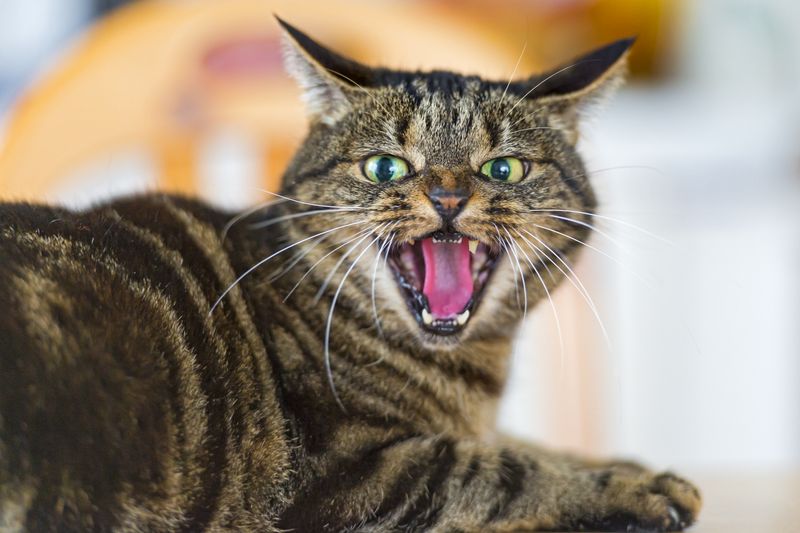
Sudden aggression in cats can be alarming and is often a sign of distress.
If your friendly feline begins to show aggression towards people or other pets, it might be due to fear, pain, or territory issues.
Painful conditions like arthritis or dental problems can make a cat irritable. Fear aggression may occur when a cat feels threatened by new additions to the household.
It’s crucial to identify triggers and avoid situations that provoke aggression.
Consulting with a vet or animal behaviorist can provide insights into managing and reducing aggressive behavior.
10. Sudden Jumpiness
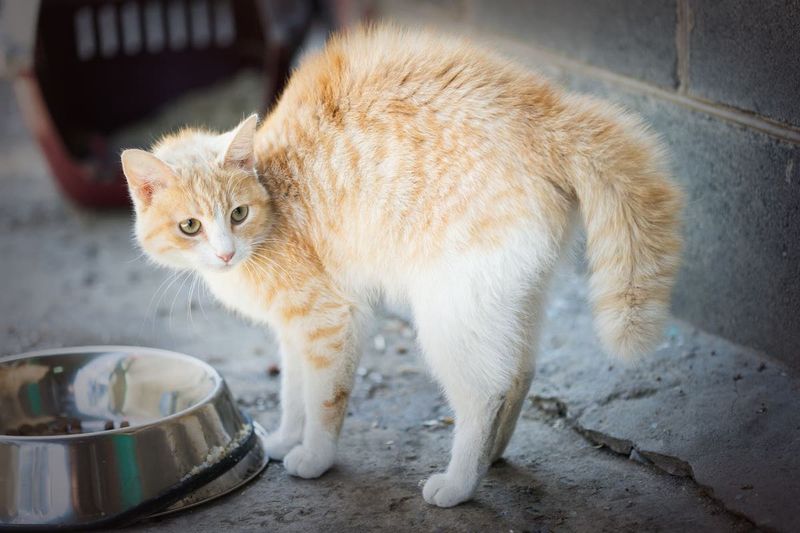
Cats are usually super alert, but if your cat is suddenly jumpy, something’s up. It could be stress or fear from a new pet, loud noises, or a change in routine.
To help calm your cat, make their environment cozy and secure. A quiet spot with their favorite toys and bedding will work wonders.
If your cat’s jumpiness doesn’t improve, it’s time for a vet check. That way, you’ll know if there’s something else going on.
11. Unusual Vocal Sounds
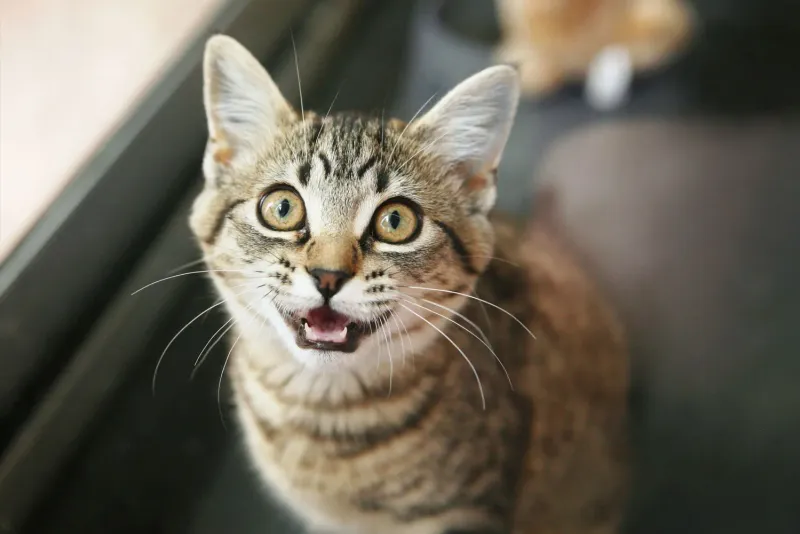
Apart from increased vocalization, the nature of your cat’s sounds can also change.
Unusual sounds such as chirping, trilling, or howling may indicate emotional or physical changes.
These sounds can express curiosity, excitement, or discomfort. Monitor the context in which these sounds occur.
If they coincide with changes in routine or environment, your cat may be reacting to stress. Persistent unusual vocalizations should be evaluated by a vet.
12. Scratching Furniture Excessively
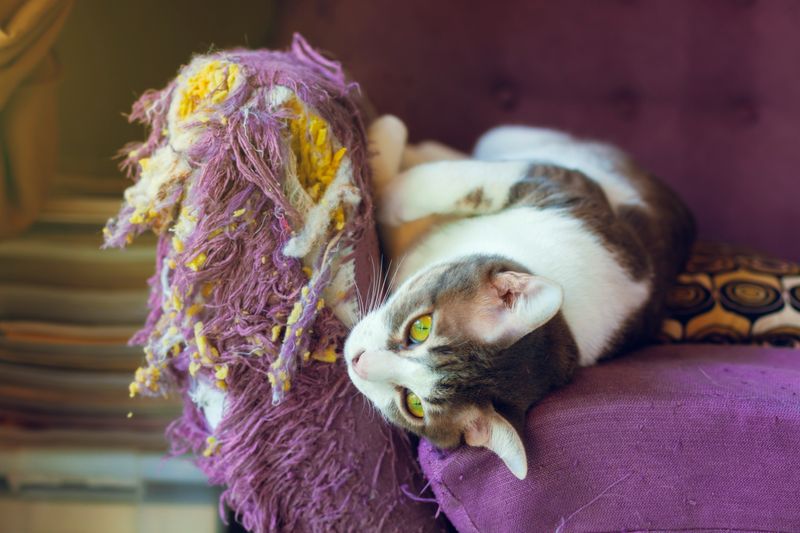
While scratching is a natural cat behavior, excessive scratching on furniture might indicate stress or territory marking.
Cats have scent glands in their paws, which they use to mark their environment.
If your cat is scratching more than usual, consider adding more scratching posts around the home to provide alternatives. Ensure these are placed in areas your cat frequents.
Additionally, assess any recent changes in the household that could be causing stress.
13. Clinginess Or Seeking Solitude
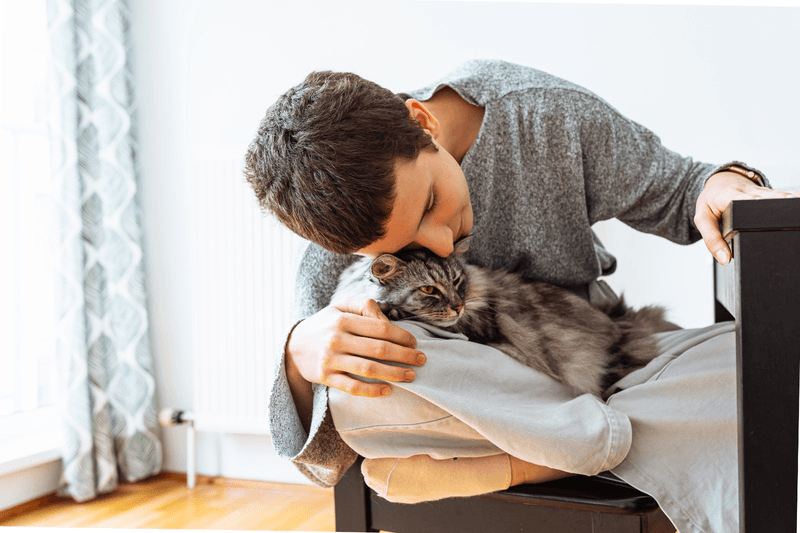
Cats have unique personalities, and shifts in their social behavior can offer clues to their emotional state.
A cat that becomes overly clingy might be seeking reassurance due to stress, while one that suddenly prefers solitude could be feeling unwell.
Observe these behavioral shifts in conjunction with other signs of distress. Overly needy behavior can sometimes be addressed by providing more interaction and playtime.
Conversely, if your cat seeks solitude, ensure they have a quiet, comfortable space to relax.
14. Frequent Eye Squinting
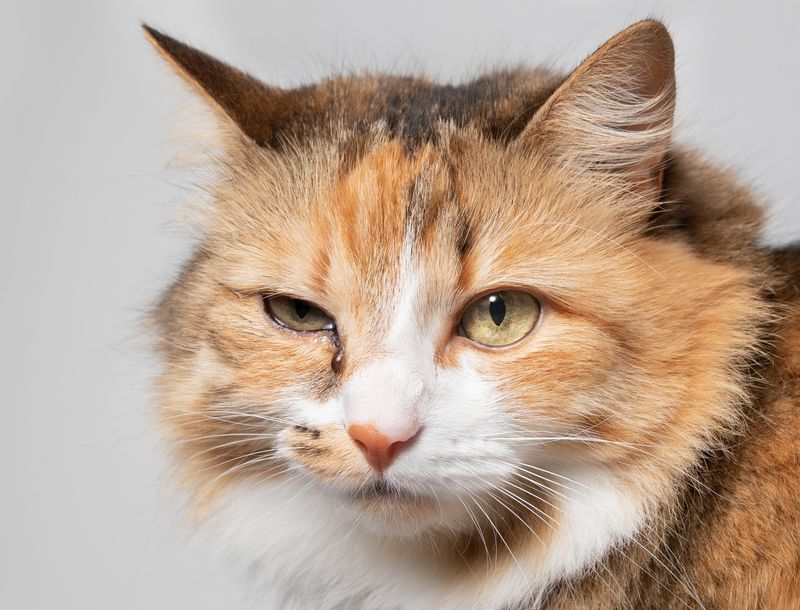
Frequent eye squinting could be more than just your cat’s adorable way of winking at you. It might indicate discomfort or pain, particularly if one eye is more affected than the other.
Sometimes, squinting accompanies other symptoms like discharge or redness. Pay close attention to your cat’s eye health, especially if they are pawing at their face or seem unusually sensitive to light.
Keeping a watchful eye on their ocular behavior can prevent minor issues from developing into serious conditions. Regular vet check-ups ensure that small problems don’t escalate into larger ones.
15. Restlessness
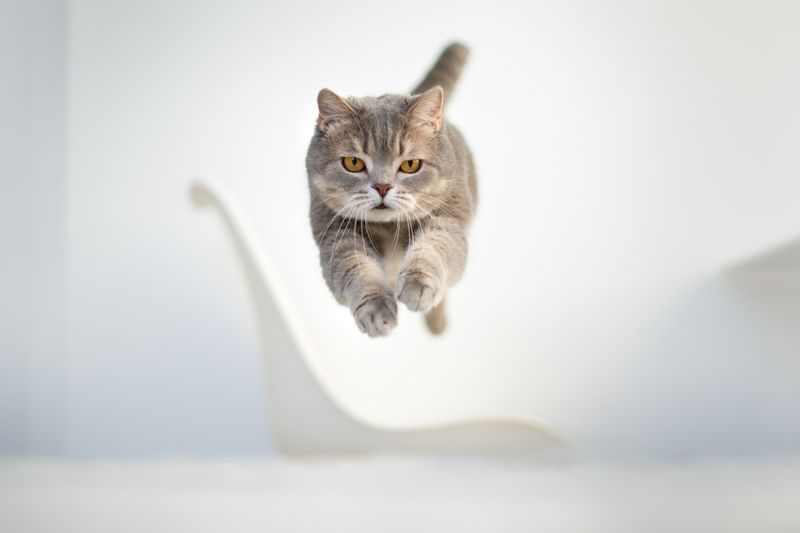
If your cat can’t seem to settle and is pacing more than usual, they might be feeling restless. It could be due to health issues or changes in their environment.
Regular playtime can help burn off that extra energy. Try using feather wands or laser pointers to keep things fun and engaging.
If the restlessness continues, it’s best to visit the vet. They can check for medical issues or suggest ways to manage the behavior.



